Varicosis in the legs is a certain expansion of the veins of lower extremities accompanied by the general violation of the blood flow and the general violation of the valve deficiency. The width of the veins is characteristic of women and men between 40 and 60 years old.
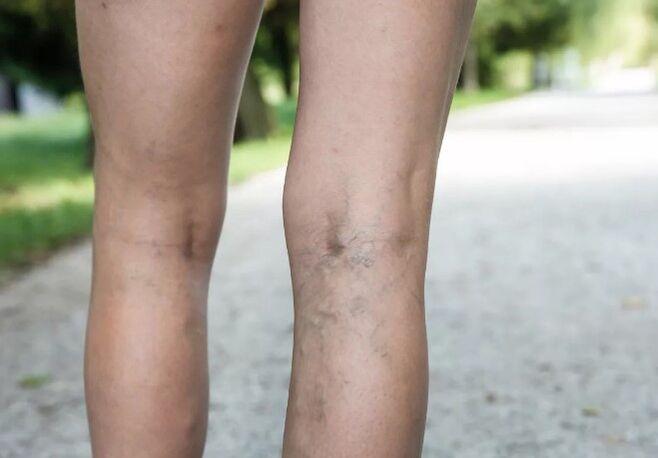
The trigger in the development of a pathology such as varicose veins is considered a violation of the normal operation of venous valves by the formation of blood reflux (reflux - reverse). At the cell level, this venous wall is associated with a breach of balance between some components of the wall.
The initial stage is characterized by the presence of a genetic and cause factor (sitting in sitting for a long time, excess weight, injury, etc. ). At the same time, the so-called shear-stress settings vary a word parameter containing blood movements indicators through the veins where the windnets reacted very sensitive.
If the irritating factor has been moving on the ship's wall for a long time, the leukocytes are firmly fixed in endotel cells that cause the initial stage of inflammation. The inflammatory process spreads from the venous canal of lower extremities.
Especially quickly, such processes occur in the stable, heavy mechanical stress valves. However, inflammation in one leg may be more clear than another. First of all, it depends on the initial cause of harm to the body, for example, in the right leg, the veins of varicose can be pronounced more among the athletes who emphasize this.
By damaging valves, a pathological discharge occurs with a large and small subcutaneous veins. Due to the restart, the excess blood flow, the wall of venous veins occur.
Over time, dynamically develops venous hypertension, as a rule, as a rule, it occurs during a walk, the impossibility of the impossibility of the impossibility of the impossibility of providing normal blood perfusion through tissue.
Such a process is accompanied by an accompaniment of subcutaneous tissue by emergency, blood cells (red blood cells and leukocytes). Increases skin color, swelling and skin pigmentation over time. During medical care, the death of trophical ulcers causes trophical ulcers.

Since 2000, the new classification of the varicose veins of low extremities has been developed.
Forms of varicose veins:
- Vessels in intradermal or segmental varicose without pathological changes;
- Segmental varicose veins of surface vascular reflux;
- Varicosis of surface vessels;
- Expansion of varicose in the presence of deep vein reflux.
Chronic venous deficiency rate:
- 0 - does not develop;
- I - "Heavy feet" syndrome, the appearance of edema;
- II - Sustainable edema, eczema, lipodermosclerosis;
- III - Trophic Ulcer.
The complications of venous expansion of the venous expansion of the venous expansion of low extremity are: thrombophlebitis, trophical ulcers, essipelas, Eryportelas or bleeding.
According to the form:
- Varicosis of the Budun Subcutane Varicosis (starting from the mouth) - the vascular veins of the wealth;
- Growing varicose veins (starting from the bottom, lan, lower legs and legs, lower legs and legs);
By clinical groups:
- The first group is the expansion of the segmented interior of the vessels without distributors;
- The second group is the expansion of the division of venous trunks;
- The third group is the expansion of subcutaneous vein of thigh and lower leg;
- The fourth group is an extension of a large and small subcutaneous vein with the presence of bankrupt perforators;
- The fifth group is expanding a large and small subcutaneous vascular vascular vascular vascular vessel.
Work classification with complications and chronic failure is not different from the standard.
The exact cause of the development of this pathology has not been completely clarified yet, but there are a number of factors contributing to the formation of varicose veins:
- Genetic prone (mutation gene is transmitted to the structure of the ship's wall);
- Changes in the hormonal background (pregnancy - the composition of hormones in the body (Progesteron is increasing and reduced in the body), the formation of blood clotting factors);
- obesity (overweight is a sedentary lifestyle, resulting in an accident;
- Diabetes Mellitus (increased blood sugar on the wall of the vein over time);
- Alcohol operation (a large amount of alcohol, bloodshed and blood condensation in blood);
- severe physical activity;
- congenital blood clotting disorder;
- irrational nutrition, errors in the diet;
- inconvenient and close underwear (causing constant blood vessels to wear);
- Frequent constipation (increased internal pressure causes bloodshed in lower extremities);
- Constantly walking in the heels (development of stagnation and sufficient muscle movement);
- Increased air temperature (causes dehydration, blood clotting to the occurrence of blood clotting);
- diseases of the cardiovascular system and kidneys;
- in excessive doses with drugs that increase blood clotting;
- Surgical interventions (blood loss, ship compression).
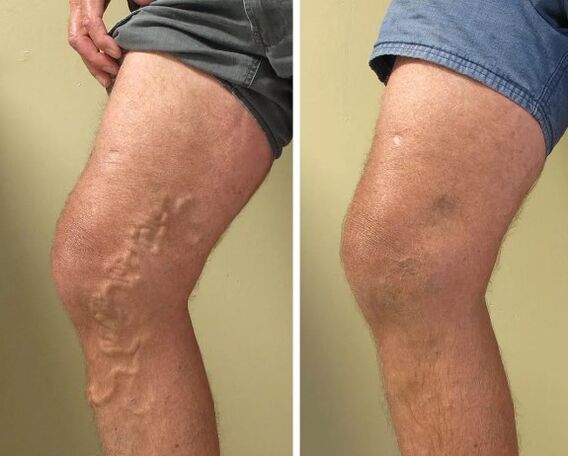
For this period, the development of medicine is different in the three main phases of varicose veins and in the early stage, when the difference in the disease is very difficult.
The early stage of the disease is accompanied by swelling, weight, often the patient is complained that the feet damage during a long walk. These are all the signs of the beginning of pathology, it is time to start the prevention - massage, foot creams, physical activity.
Expanding the veins of the 1st degree.It is added to these vascular stars, wheels on the legs, which are characterized by all the symptoms listed above this stage, are added to the bruises in the legs. In addition, the appearance of convulsions at night and the appearance of burning in the field of stop.
Expansion of 2nd grade veins.At this stage, the total number of stars and nodes increases, even more noticeable. Swelling appears, the pain in the leg increases and endure is unbearable.
Expansion of 3rd grade veins.This is the most difficult, dry, lifeless and cracked in the stage accompanied by serious lesions of the skin. Lower foot skin changes dark blue, structure and pigmentation.
The third stage is the last one can be called Varicosis Varicosis of this pathological process. The further development of the processes stops more serious diseases.
It is recommended to consult a doctor in the second stage of the development of the disease, because in-time medical care is not shown in serious results.
The question is immediately called "Which doctor will go to the doctor? ", A doctor specializing in the pathology of the vascular vessels of the lower extremities is called a flebologist.
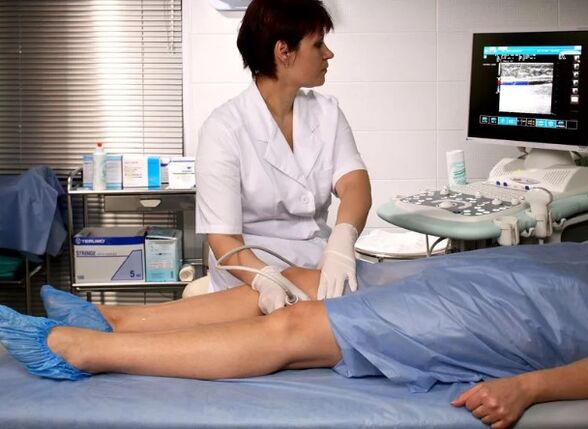
The leading signs of this disease are numerous extensions of subcutaneous veins, so the disease is said. The start of the disease is generally accompanied by several and non-powerless features.
In this situation, patients feel violent in the legs, during the movement, faster fatigue, sometimes burning and cramping. In addition to pain, the disease manifested himself by Edoma after the afternoon, after a serious work day.
Symptoms look like eczema and itching with a long varicose veins. Patients scratch their feet and create anxious feelings. Due to the development of the disease, the skin on the veins is more subtle, and itching areas are constantly scanned, which leads to the appearance of the wounds.
Over time, the skin of the skin in the lower leg is becoming blue. If no medical care is provided in such a situation, the development of leather hyperpigmentation and lipodermasklerosis is possible. In more advanced stages, trophical ulcers are developing.
Very expanded veins are armed with a visible and armed with an armed look, but how dangerous this situation should this situation be dangerous using the instrumental diagnostic methods.
The most informed method is the ultrasonic methodology of the duplex scan of the vessels. With its help, it is estimated at the ability to work with the presence of valves, cross and blood clots. The study of the veins will prevent violent and irreversible results.
How to treat varicose veins? Completely treated Varicosis Veins are possible only with the help of surgical intervention. People with hereditary inclined or risk factors recommend visiting a specialist 2-3 times a year, for ultrasound inspection of the vascular vascular vascular operation in the second phase of operation.
How much is the transaction? The price can be caused differently, all depends on the severity of the disease.
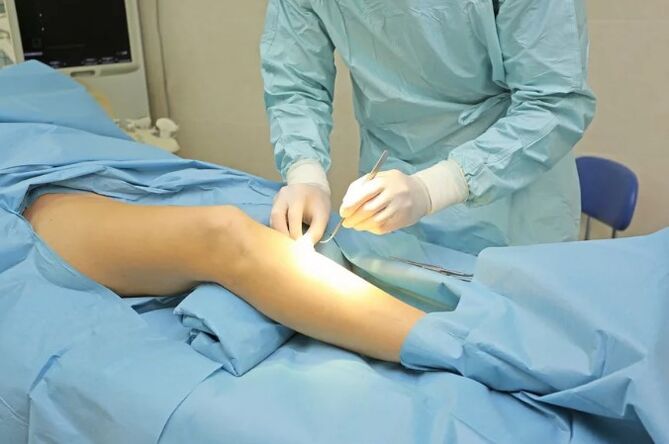
Tips for the removal of the arteries: extensive varicose veins, subcutaneous vessels, trophical ulcers, acute thrombophlebitin, expansion of deep veins accompanied by general malaise (fatigue (fatigue, dizziness).
Contraindications for the disease: coronary heart disease, pregnancy, old age, severe infectious diseases, inflammatory processes.
The advantage of surgical treatment This is the only effective way of treatment made in advanced forms of the disease.
This is a lack of treatment: trauma, anesthesia, postoperative period.
Tips: Varicosis Varicos Varicosis Varicos Varicosis Varicosis Varicosis Varicosis Varicosis Varicosis Varicosis Varicosis Varicosis Varicosis Varicosis Varicosis Varicosis Varicosis Varicosis Varicosis, Heavy Diseases (Ischemia, Thromboflebitis, Asthma, Bronchitis, Polonefit, Pyelonefit, Pyelonefit, Pyelonefit, Pyelonefit, Pyelonefit, Pyelonefit, Pyelonefit, Pyelonefit, Pyelonefit, Pyelonefit, Pyelonephit, Pyelonitis, Py. Varicosis Varicosis Varicosis.
Laser treatment is contraindicated in cases: Oncology, liver disease, kidneys, heart (decompensation phase), pregnancy and cerebral sclerosis.
Advantages of such a treatment do not require maximum speed procedures, painless and safe, inpatient observation and atravism.
Disadvantages: It is possible to clarify the appearance of expensive, wound tracks or surrounding pieces.
Tips: a small and large subcutaneous vascular vascular veins that are damaged by trophical ulcers.
Contraindications: A sharp form of thrombophlebitis, mental disorders, pregnancy.
Advantages: painlessness, no hospitalization is required after surgery, does not interfere.
Disadvantages: Expensive procedure.
Tips: Varicosis veins in early stages.
Contraindications: Pregnancy, breastfeeding, sclerosant allergic reaction, feet, thrombosis of allergic reaction.
The advantages of this method of treatment is that such treatment is cheaper than operation, fast recovery, the best cosmetic effect.
Disadvantages: Perhaps it is not effective with the advanced forms of the disease to enter the deep veins of the sclerosant.
Drug treatment increases blood vessels and valves, increases blood and lymphatic flow, but also eliminates inflammation, but does not heal the patient.
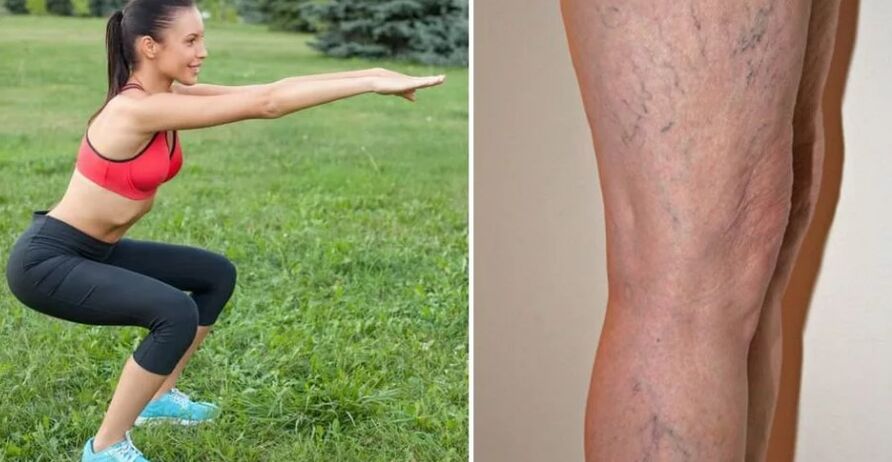
All necessary products from varicose veins are divided:
- phlebotonics;
- non-unmated analgesic;
- Hormonal medications;
- antithromboid;
- -Based drugs aspirin.
Provides traditional medicine, various ointments, lotions, tinctures, feet or separations.
Varicosis of Apple vinegar Varicosis vessels. It is not possible to treat such a disease with public recipes, especially in the early stage of development. To do this, Apple is used for cider vinegar, encrypted, delete, oral management or for compresses.
A sedentary lifestyle, standing work, pregnancy is a bigger load, resulting in a disease like varicose veins as a result.
In women is the same problem as inherent cellulite, so special creams, lotions, compression socks and lymphatic drains have been prepared.
According to statistics, the varicose veins in men are extremely rare and even more slowly developed.
Varicosis and Runs are always two factors that walk around nearby. The most effective prevention of any of the stages of the stages is a continuous physical strength: escape, gymnastics, legs, various power exercises, etc. on the bike.
There are a number of simple exercises to improve blood flow and avoid varicose veins:
- Rotating 20 times in the direction of the foot in each direction.
- Work with fingers. Long and extends their fingers 20 times.
- After the stars on the socks, then in the heels and heels, after Socks and 20-30 times.























